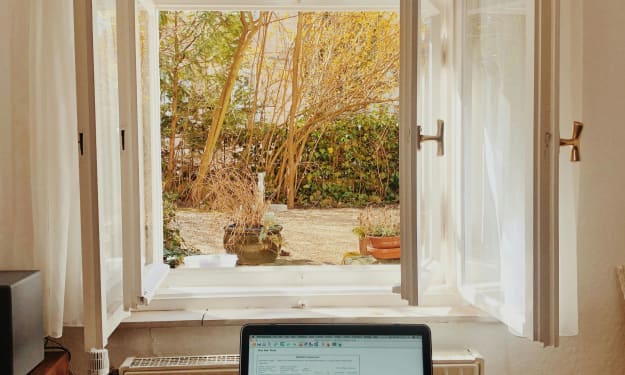Don't make these three heating mistakes this winter!
Everyone likes to stay warm in the winter but nobody like sky high heating bills. Save yourself some cash this winter with these three heating tips!

Using heating in winter is practically unavoidable. You can, however, keep your heating bills to a minimum by using your heating smartly. In particular, here are three heating mistakes you definitely want to avoid.
Using your thermostat as a fan heater
The whole point of a thermostat is to keep an area (or water) at a consistent temperature. If you find yourself needing to heat an area quickly, then use a fast-acting heater such as a fan heater. Leave your thermostat at the temperature you actually want.
Turning up your thermostat won’t make the space heat up any quicker. It’ll simply mean that your home will be heated to a higher temperature than you originally chose. Unless your original choice of temperature was genuinely too low, this is going to leave you both too hot and with excessively high energy bills.
Try to avoid putting yourself in this situation by making effective use of timers. If you have “old-school” central heating then review your timings regularly to make sure that they’re still working for you. If you have smart heating, you can adjust your timing from your phone wherever you are.
Regardless of what kind of central heating you have, it’s advisable to have at least one or two backup heaters. With traditional central heating, these can be used to heat a space quickly if your plans change at short notice, for example, if you come back from work early. With smart heating, they’re just a Plan B in case you have heating issues.
Setting your thermostat too high
As a rule of thumb, you want your thermostat to be around 18 to 22°C. From the point of view of energy efficiency (i.e. lower bills and greater sustainability), 18°C is the goal. In fact, if your house is really well insulated and/or you’re happy to wear warm clothes indoors, you may be able to go slightly lower.
If this sounds a bit uncomfortable, then an astute compromise is to keep the thermostat on the lower side but adjust the radiator in the room(s) you’re in. This means that your home, in general, is kept “ticking over” heat-wise. Most of the heat goes where you’re actually using it.
Again, this is a bit easier with smart heating as you can adjust it from your phone. This is not only more convenient when you’re in a room, but it also means that you can turn up a radiator before you go into a room.
With larger rooms, you might even want to keep the main radiator down low and boost the output with a space heater where you are. You can actually get smart, portable radiators. These can be a really efficient and economical way to get a bit of extra heat where you need it most.
Switching your heating off (for too long)
There’s a big difference between keeping your heating as low as it can reasonably go and turning it off completely. Heating does more than “just” keep you warm. It also dries out the air in a space. This is actually increasingly important because modern insulation is a double-edged sword.
Insulation keeps out cold and keeps in heat. It also, however, traps moisture in the air. This may sound like much of an issue but in reality, it is a major one. Everyday activities such as cooking, washing and doing laundry all create moisture. Insulation keeps this moisture in the house. Unless this moist air is dried (e.g. by heating), it creates dampness and can lead to mould.
What’s more, if temperatures drop really low, your pipes can freeze. This means that, at a minimum, you can expect leaks. You may well find yourself dealing with burst pipes. Keep a decent minimum temperature. If you have smart heating, you might want to go a bit lower with this because you can boost it at any time. That said, if you take this approach, remember to monitor it.
About the Creator
David Tyrer
David Tyrer is the Director of Rio Heating and has over 30 years’ experience in creating smart heating & technology, designed to be enjoyed with smart home devices.






Comments
There are no comments for this story
Be the first to respond and start the conversation.